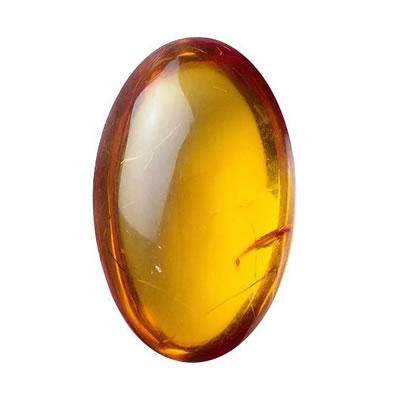Ammonite

Etymology and history
The name ammonite, from which the scientific term is derived, was inspired by the spiral shape of their fossilized shells, which somewhat resemble tightly-coiled rams' horns. Pliny the Elder (d. 79 A.D. near Pompeii) called fossils of these animals ammonis cornua ("horns of Ammon") because the Egyptian god Ammon (Amun) was typically depicted wearing ram's horns. Often the name of an ammonite genus ends in -ceras, which is Greek (κέρας) for "horn".
In medieval Europe, fossilised ammonites were thought to be petrified coiled snakes, and were called "snakestones" or, more commonly in medieval England, "serpentstones". They were considered to be evidence for the actions of saints such as Saint Hilda and Saint Patrick. Traders would occasionally carve the head of a snake onto the empty, wide end of the ammonite fossil, and then sell them to the public. Ammonites from the Gandaki river in Nepal are known as saligrams, and are believed by Hindus to be a concrete manifestation of God or Vishnu.
Ammonite description
Fossil ammonite is the remains of prehistoric marine animals that have been preserved through the fossilization process over millions of years.
Ammonites (Ammonitida) were shelled cephalopod molluscs that lived throughout the world’s oceans during the Mesozoic (Triassic, Jurassic and Cretaceous periods). They were an extremely successful order, as evidenced by the frequency that their remains are found.
The actual aragonite shell of the ammonite creature is often lost during fossilisation, to leave us with internal mould fossils. These are basically a copy of what the outside of the shell looked like, only a tiny bit smaller.
Ammonite (fossil) in jewelry
Contemporary modern totally unique ammonite jewelry designs in 925 sterling silver. Ammonite pendants, earrings rings, cufflinks and other fossil jewelry from around the world.
Occurrence
Madagascar, Morocco, France, Russia and also the UK
Talk to Our Jewelry Experts
Monday to Friday from 9AM to 5PM EST















